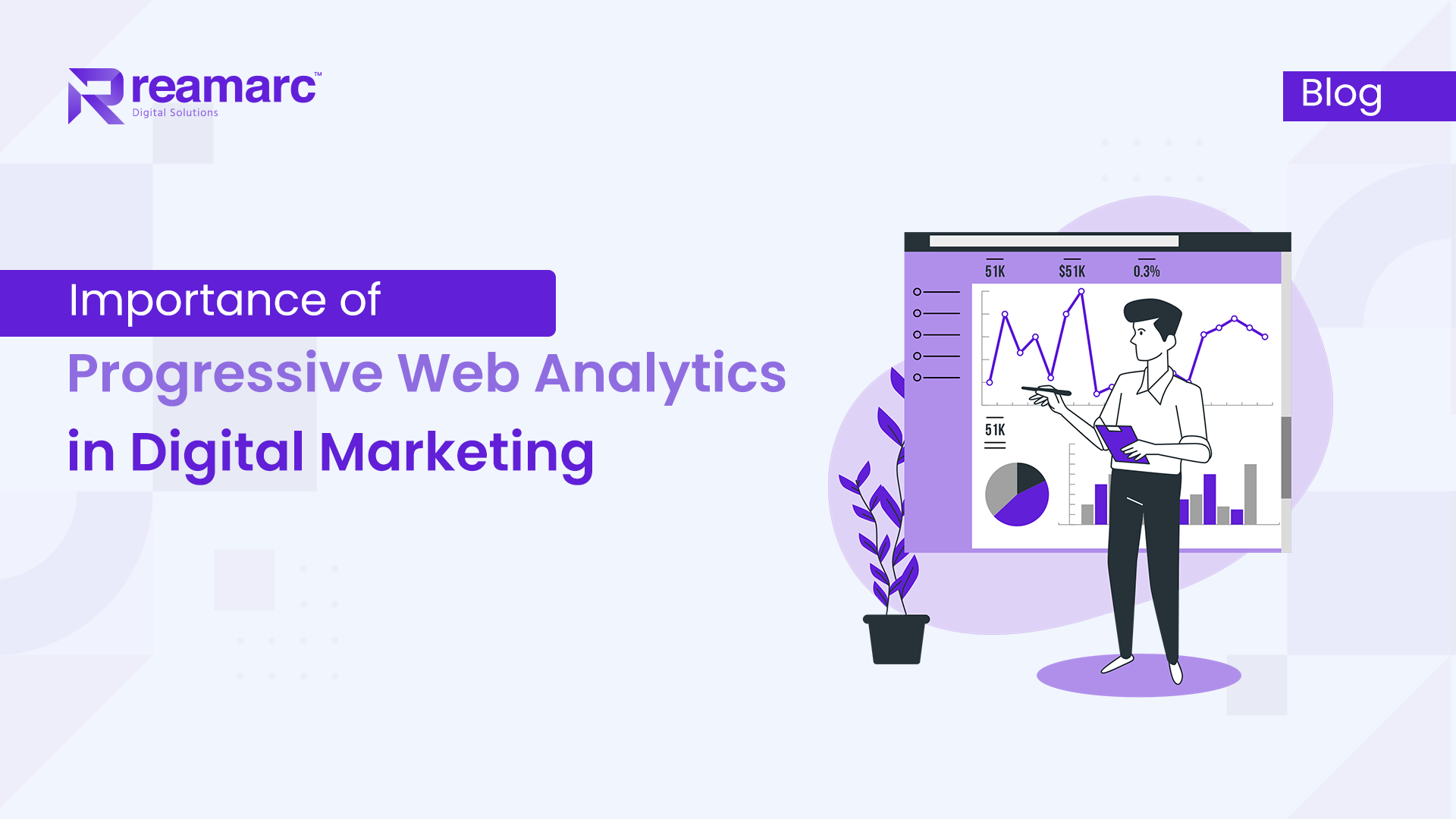Introduction
In today’s digital landscape, harnessing the potential of Progressive Web Analytics (PWA) is paramount for businesses aiming to thrive online. This article delves into the significance of PWA in the realm of digital marketing, outlining its multifaceted benefits and pivotal role in enhancing user engagement and conversion rates.
Understanding Progressive Web Analytics
What is Progressive Web Analytics?
Progressive Web Analytics is an advanced methodology that revolutionizes how data is collected and interpreted from web platforms. It amalgamates traditional analytics with modern techniques, providing real-time insights into user behavior, preferences, and interactions.
Benefits of Progressive Web Analytics
The incorporation of PWA offers a slew of advantages, including enhanced user experiences through faster load times, offline accessibility, and seamless navigation. These functionalities collectively boost user engagement and satisfaction.
Importance in Digital Marketing
Enhancing User Experience
PWA plays a pivotal role in elevating user experiences by ensuring swift loading, responsive design, and offline access. It bridges the gap between web and native applications, fostering a user-centric environment.
Impact on Conversion Rates
The seamless experiences crafted by PWA significantly impact conversion rates. Faster loading times and enhanced usability directly contribute to higher conversion rates and lower bounce rates, translating into improved business outcomes.
Personalization and Targeting
Utilizing PWA empowers marketers to personalize user experiences based on their behavior and preferences. Tailored content and targeted messaging yield higher engagement and conversion rates.
Implementation
Tools for Progressive Web Analytics
Implementing PWA requires leveraging specific tools like Google Analytics, Firebase, or custom-built solutions tailored to your business needs. These tools provide valuable insights into user behavior, such as page views, session duration, and conversion rates. Additionally, they allow for tracking of specific PWA features like offline usage and push notifications to optimize user engagement and overall performance.
Setting up Progressive Web Analytics
The setup involves integrating PWA features into your web platform, optimizing performance, and ensuring compatibility across devices and browsers.
Metrics and Analysis
Key Metrics to Track
Metrics such as load times, bounce rates, session durations, and conversion funnels are crucial in evaluating PWA performance and user engagement. These metrics provide insights into the overall user experience and can help identify areas for improvement. Additionally, analyzing user behavior and interactions with specific PWA features can provide valuable data on their effectiveness and impact on engagement.
Interpreting Analytical Data
Analyzing data gleaned from PWA aids in understanding user behaviors, preferences, and pain points, facilitating informed decisions for optimization. This data can be used to identify patterns and trends, allowing businesses to make data-driven decisions to enhance the performance and engagement of their PWA. By understanding how users navigate through the PWA, businesses can prioritize improvements and updates that will have the greatest impact on user satisfaction and overall success.
Challenges and Solutions
Addressing Privacy Concerns
Privacy issues are a concern with PWA; however, implementing secure data handling practices and obtaining user consent mitigate these challenges. By using encryption and secure protocols, businesses can ensure that user data is protected from unauthorized access. Additionally, providing clear and transparent privacy policies and giving users control over their data can help build trust and alleviate privacy concerns.
Overcoming Implementation Challenges
Complexity in implementing PWA can be mitigated through thorough planning, expert guidance, and meticulous execution. Furthermore, businesses can benefit from utilizing pre-built frameworks and tools specifically designed for PWA development, which can streamline the implementation process and reduce complexity. Additionally, conducting regular testing and gathering user feedback throughout the implementation phase can help identify and address any potential challenges or issues early on.
Future Trends
AI Integration
The future of PWA lies in its integration with AI, enabling predictive analytics and personalized user experiences at scale.
Cross-Device Analytics
Advancements in cross-device analytics will revolutionize PWA, providing seamless experiences across various platforms.
FAQs
-
What makes Progressive Web Analytics unique?
Progressive Web Analytics combines traditional analytics with modern functionalities like offline access, enhancing user experiences significantly.
-
How does it differ from traditional analytics?
Unlike traditional analytics, PWA offers real-time insights, faster loading times, and offline accessibility, ensuring enhanced user engagement.
-
Is Progressive Web Analytics essential for all businesses?
While beneficial for most businesses, its importance varies based on digital presence and audience engagement goals.
-
How can small businesses benefit from it?
Small businesses can leverage PWA to level the playing field, offering exceptional user experiences without extensive resources.
-
Are there any security concerns with PWAs?
Privacy concerns exist; however, adherence to secure data practices mitigates these risks effectively.
-
What are the common challenges in adopting PWAs?
Implementation complexity and privacy concerns are primary challenges; however, meticulous planning and expertise overcome these hurdles.
Conclusion
Progressive Web Analytics stands as a cornerstone in modern digital marketing strategies. Its seamless integration, coupled with the potential to revolutionize user experiences and drive conversions, makes it indispensable in today’s competitive online landscape.





